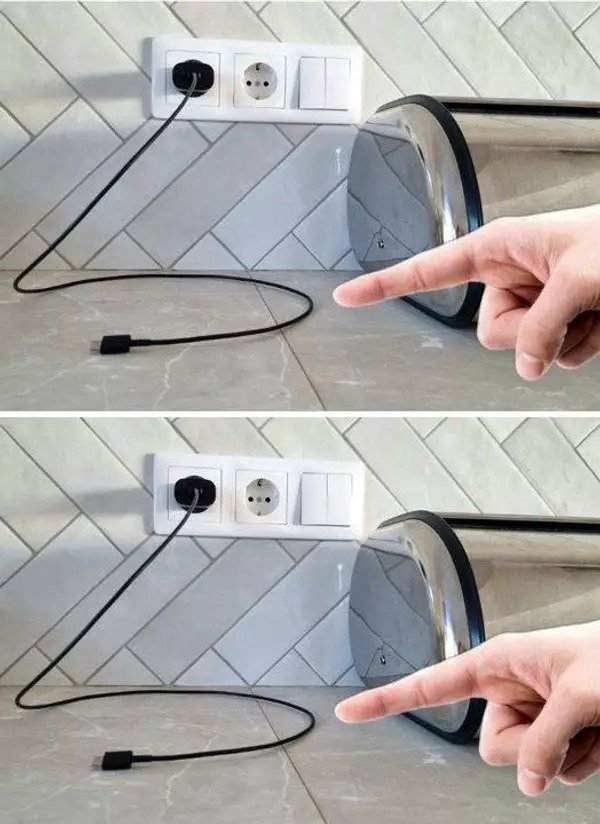
Even after their electronic gadgets have been completely charged, their chargers are often left connected into outlets by a large number of individuals. Nevertheless, there are a number of dangers connected to this practice that are not commonly recognized to the general public.
The Dangers Involved with Leaving Connected Chargers
Chargers feature components that draw a tiny quantity of power even when they are not actively charging a device. This is accomplished via a process known as continuous electricity draw. Despite the fact that it is very low, this standby power consumption may pile up over time.
In the event that chargers are left plugged in, they have the potential to overheat. The continual heat may cause internal components such as capacitors to deteriorate, which in turn reduces the charger’s lifetime and leads to a shorter lifespan overall.
It is possible for a charger that is continually connected to the mains to overheat to the point that it begins to smoke or even catch fire in the event that there is a sudden spike in the voltage. This danger, albeit its rarity, has the potential to have severe repercussions.
Regarding electrical safety, a plugged-in charger that has a cable that is hanging down might be a risk if you have small children or pets in your household. In the event that it is chewed on or tampered with, it poses the potential for electric shock.
Taking Preventative Actions
To limit the amount of power used and to prevent the danger of overheating, chargers should be unplugged when they are not being used.
Chargers should be inspected on a regular basis for any indications of wear or damage.
Children and animals should not be able to access chargers or the connections that connect them.
By being aware of these dangers and adopting some simple preventative actions, you can not only make your house a safer place to live but also prolong the amount of time that your chargers will continue to function.




